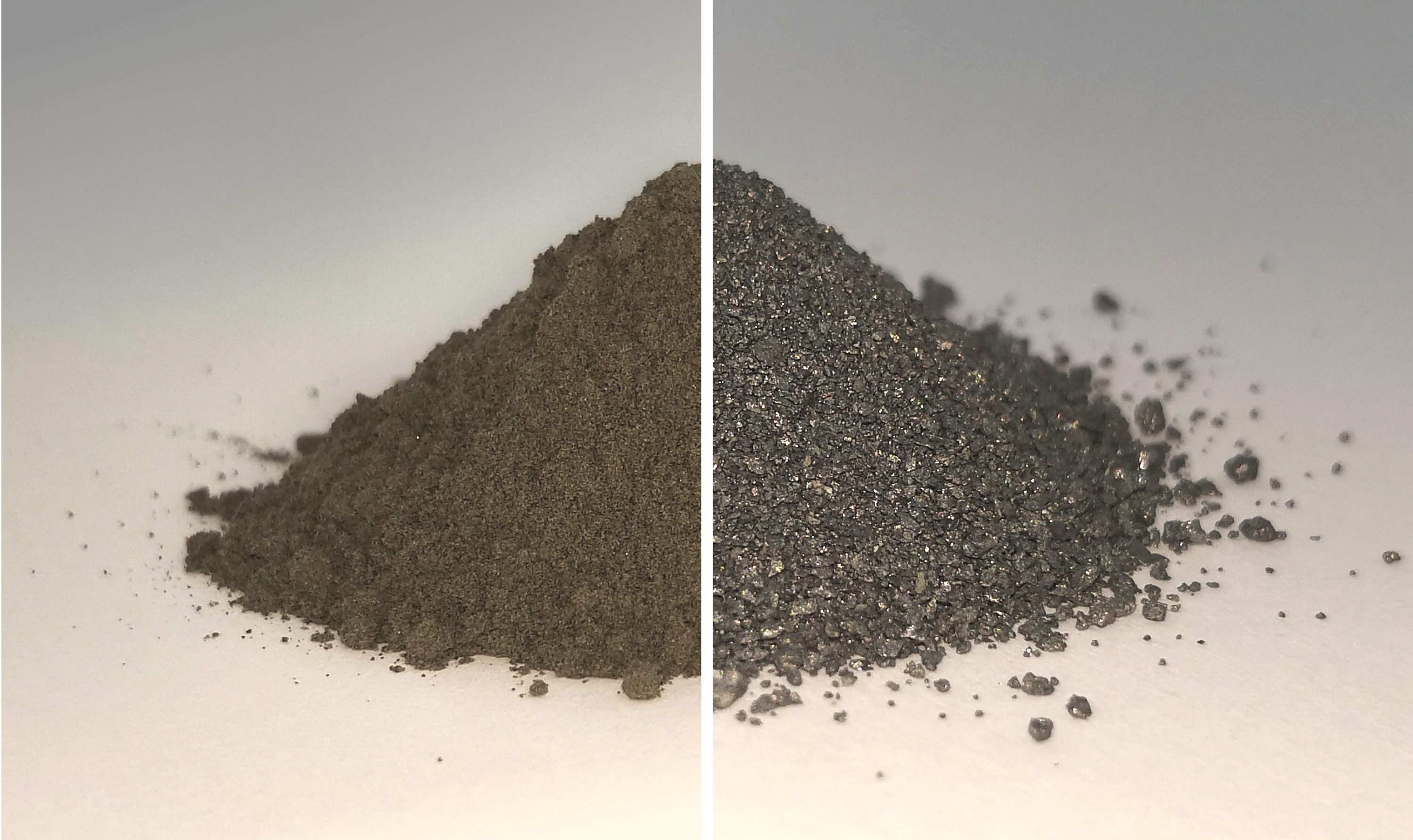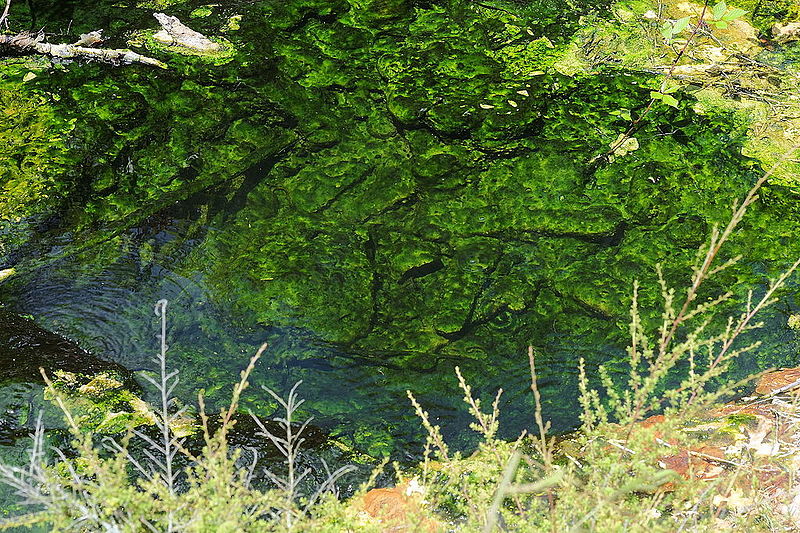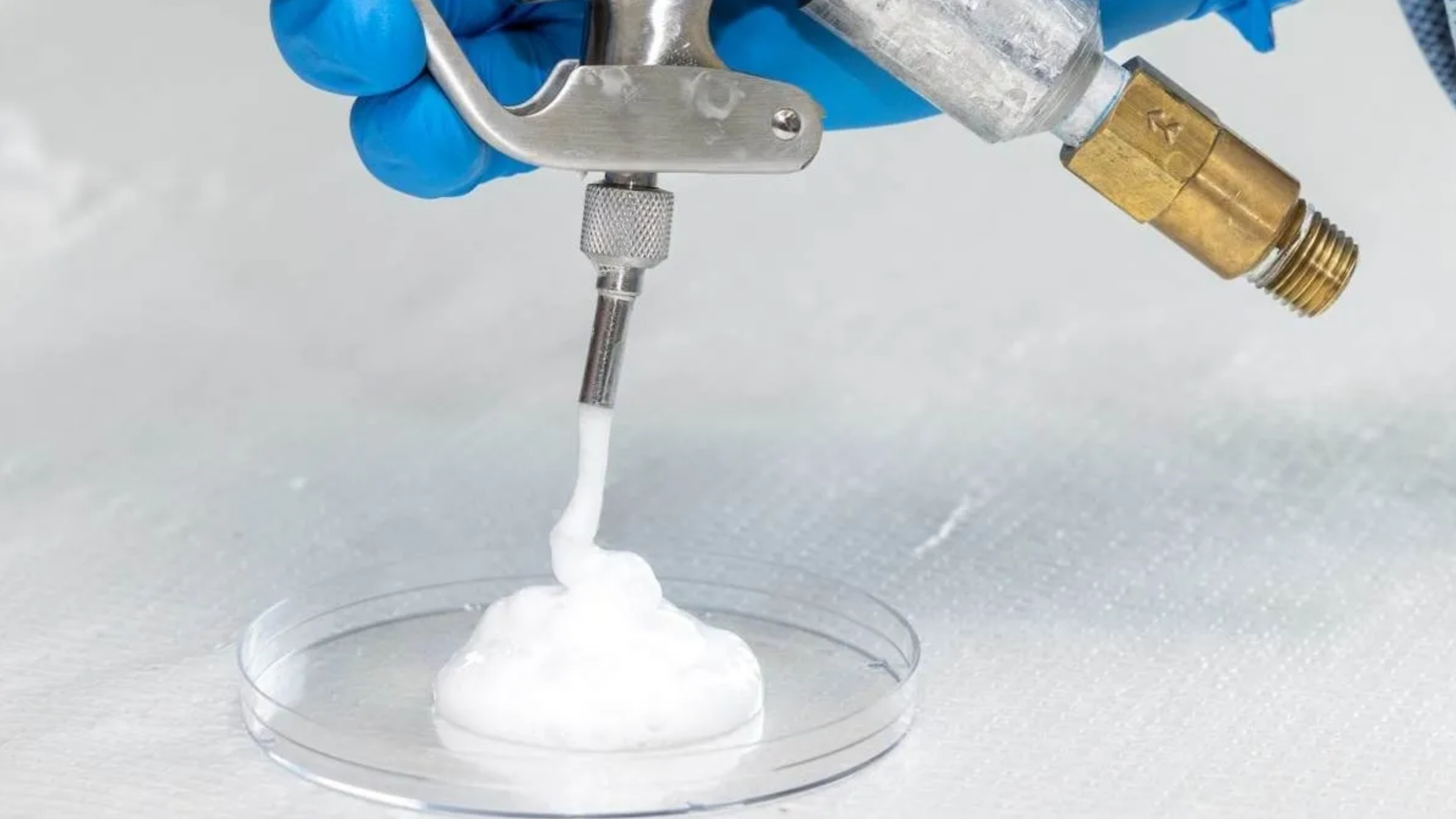Living and colonizing other celestial bodies might sound intriguing, but it also brings several challenges and hurdles that we need to overcome. One of the largest issues’ humans will have is the lack of oxygen. Right now, the Earth is the only celestial body in the Solar system that has oxygen in large quantities.
On Mars, future inhabitants could use the CO2 from the atmosphere to extract oxygen with the help of living plants. The Moon, on the other hand, doesn’t even have an atmosphere, which makes things much more difficult for astronomers. Sure, we can bring oxygen from Earth, but that approach is not very cost-effective.
Luckily, scientists and researchers from the Materials and Electrical Components Laboratory of the European Space Research and Technology Centre (ESTEC), based in the Netherlands, found a way to extract oxygen from the Lunar soil.
They plan to use a new prototype oxygen plant that will produce the precious gas directly from the moondust. That’s great because moondust contains around 40-45% oxygen by weight, only bound to other elements.
The researchers used simulated moondust in their experiments, which means that the oxygen plant is right now only in the prototype phase. However, the way it works is already proven. The plant uses the molten-salt-electrolysis method to produce oxygen.
More precisely, the ESA (European Space Agency) researchers put the simulated moondust into a metal basket with calcium chloride salt. Then, they heated the ingredients to 950 °C (1740 °F) and passed a current through the solution.
The electrolysis extracts the oxygen from the moondust and collects it at the anode. Another advantage of this method is that it can also obtain useful alloys from the soil, thus giving future astronomers essential materials to build future colonies.
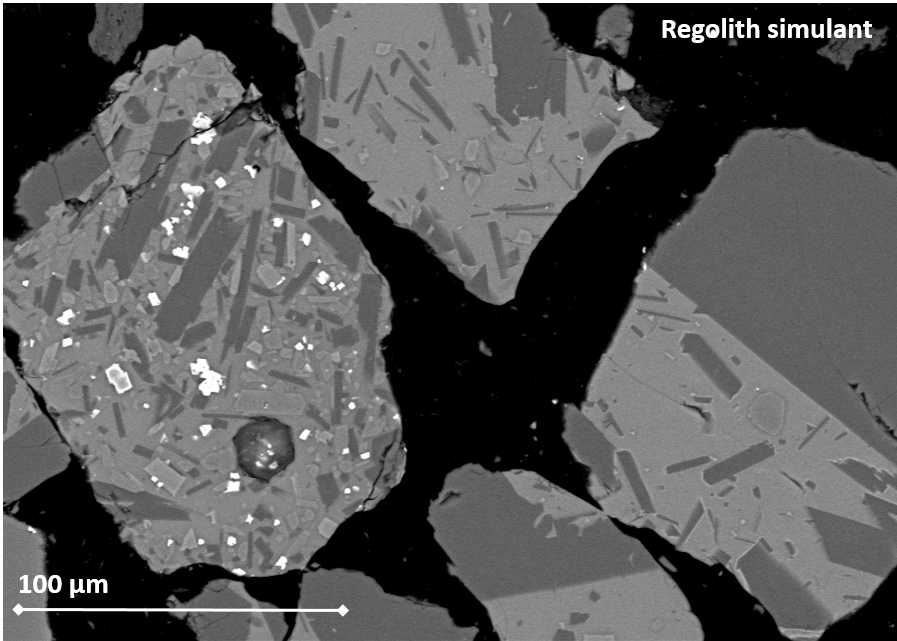
Electron microscope view of lunar simulant particles before the oxygen extraction process. Credit: Beth Lomax / University of Glasgow
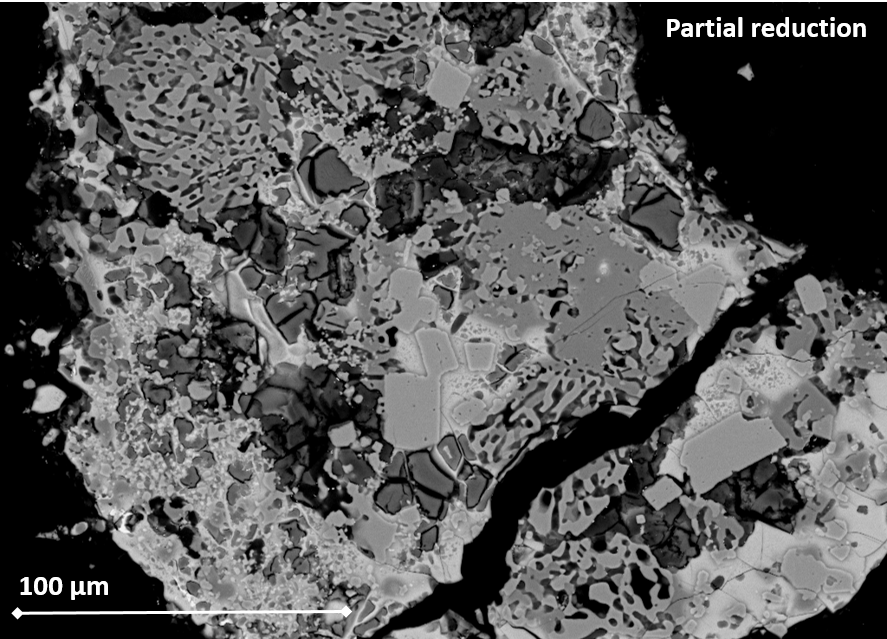
Moondust simulant undergoing oxygen extraction. Image Credit: Beth Lomax / University of Glasgow
The ESA plans to launch a pilot oxygen plant on the Moon in this decade and sees it as a critical milestone towards a sustained human presence on the Moon.
“Being able to acquire oxygen from resources found on the Moon would obviously be hugely useful for future lunar settlers, both for breathing and in the local production of rocket fuel.,” said Beth Lomax of the University of Glasgow, who contributed to the findings with a Ph.D. work.

